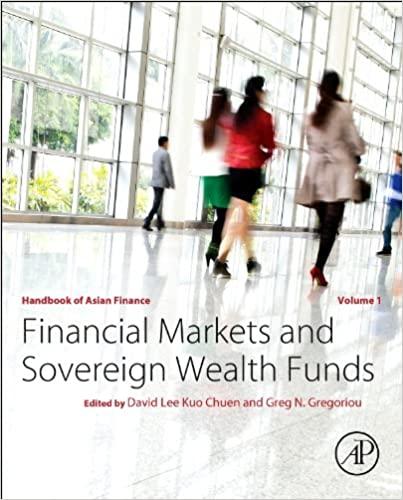under asymmetric information good borrower are alway worse off
Using the baseline model of adverse selection, assume that there is one bank and it is not able to distinguish between the two types of entrepreneurs. It extends loans and can choose freely the (risky) interest rate r at which it lends to the entrepreneurs. Because the bank cannot distinguish between the two types of entrepreneurs, it has to offer the same interest rate to all of them. Moreover, entrepreneurs have initially no cash in hand so they need to raise 1 from the bank. The repayment to the bank is therefore the minimum of R=1+r and of the payoff of the project. It is assumed that an entrepreneur accepts the offer of the bank if and only if implementing the project brings him a strictly positive profit. (a) Show that under asymmetric information good entrepreneurs are always worse off and bad entrepreneurs are always better off. [20 marks] (b) Calculate the implicit amount of subsidy that goes from the Good entrepreneurs to the Bad entrepreneurs. [30 marks] (c) Show when it is optimal for the good borrower to signal herself by posting the optimal level of collateral C* and when it is optimal for the good borrower to pool with the bad borrower. [50 marks] Using the baseline model of adverse selection, assume that there is one bank and it is not able to distinguish between the two types of entrepreneurs. It extends loans and can choose freely the (risky) interest rate r at which it lends to the entrepreneurs. Because the bank cannot distinguish between the two types of entrepreneurs, it has to offer the same interest rate to all of them. Moreover, entrepreneurs have initially no cash in hand so they need to raise 1 from the bank. The repayment to the bank is therefore the minimum of R=1+r and of the payoff of the project. It is assumed that an entrepreneur accepts the offer of the bank if and only if implementing the project brings him a strictly positive profit. (a) Show that under asymmetric information good entrepreneurs are always worse off and bad entrepreneurs are always better off. [20 marks] (b) Calculate the implicit amount of subsidy that goes from the Good entrepreneurs to the Bad entrepreneurs. [30 marks] (c) Show when it is optimal for the good borrower to signal herself by posting the optimal level of collateral C* and when it is optimal for the good borrower to pool with the bad borrower. [50 marks]







